Bike Brake Parts Guide
Durability
Look for components made from high-quality materials that are designed to withstand the rigors of bike riding. One example of a durable brake part is the Shimano Deore XT BR-M8000 Brake Caliper, which features a forged alloy body that is lightweight yet able to handle the demands of aggressive trail riding. Another option is the TRP Spyke Mechanical Disc Brake, known for its robust construction with a forged aluminum lever and cast aluminum caliper. Both of these brake calipers are built to last and are resistant to wear and tear.
Compatibility with bike model
Different bike models often have specific requirements for brake systems, so it's crucial to ensure that the parts you get are compatible with your bike to guarantee optimal performance and safety. For example, if you have a mountain bike, you'll want to look for brake parts suited for off-road and rough terrain. In this case, products like the Shimano XT M8000 Disc Brake Set or the Avid BB7 Mountain Mechanical Disc Brake would be great options. On the other hand, for road bikes, an excellent choice would be the SRAM Force AXS Disc Brake Caliper or the Campagnolo Potenza 11 Skeleton Brake Calipers, which are specifically designed for optimal performance on paved roads. Considering compatibility with your bike model will help ensure a seamless and efficient braking experience tailored to your specific cycling needs.
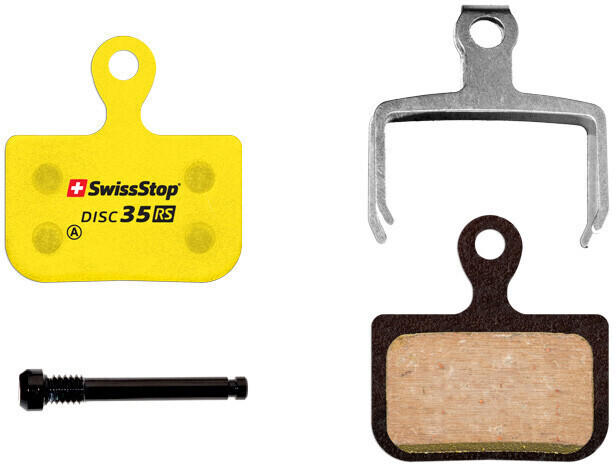
Type of brake (rim brake or disc brake)
Rim brakes, such as the Shimano Ultegra BR-R8000 Caliper Brake, utilize friction pads that come into direct contact with the sides of the wheel to slow down and stop the bike. These brakes are lightweight, easy to maintain, and commonly found on road bikes. On the other hand, disc brakes, like the Shimano XT BR-M8000 Hydraulic Disc Brake, use a rotor and brake caliper system to apply pressure and stop the bike. They offer superior stopping power and modulation, making them popular for mountain biking and rough terrains. Some other well-regarded disc brake products in the market include Sram Level TL Hydraulic Disc Brake and Shimano XTR BR-M9120 Hydraulic Disc Brake. With this simple classification, it's essential to consider whether a rim brake or disc brake best suits your riding style and terrain.
Brake pads material
Brake pads are responsible for gripping the brake rotor to slow down or stop the bike. The most common materials used for brake pads are organic, sintered, and ceramic.
- Organic brake pads: These pads are made from a mixture of natural materials like rubber, kevlar, and resin. They provide a good level of stopping power, especially in dry conditions, while also being quieter and gentler on the brake rotor. Examples of high-quality organic brake pads include the Jagwire Universal Sport Molded Brake Pads or the SwissStop Organic Disc Brake Pads.
- Sintered brake pads: These pads are made by fusing metallic particles together under high pressure and heat. They offer excellent stopping power, durability, and better performance in wet conditions. Sintered brake pads also tolerate higher temperatures, making them ideal for downhill or extreme riding. Popular sintered brake pad options are the Shimano J02A Resin Ice-Tech Disc Brake Pads or the Avid/SRAM Code Sintered Disc Brake Pads.
- Ceramic brake pads: As the name suggests, these brake pads are made using ceramic fibers and fillers. They provide exceptional stopping power, excellent heat dissipation, and tend to last longer than other types of brake pads. However, they can be more expensive. A reliable choice for ceramic brake pads is the Kool Stop Ceramic Disc Brake Pads.
Remember to consider the type of riding you'll be doing and the specific conditions you'll encounter to determine the best brake pad material for your needs.
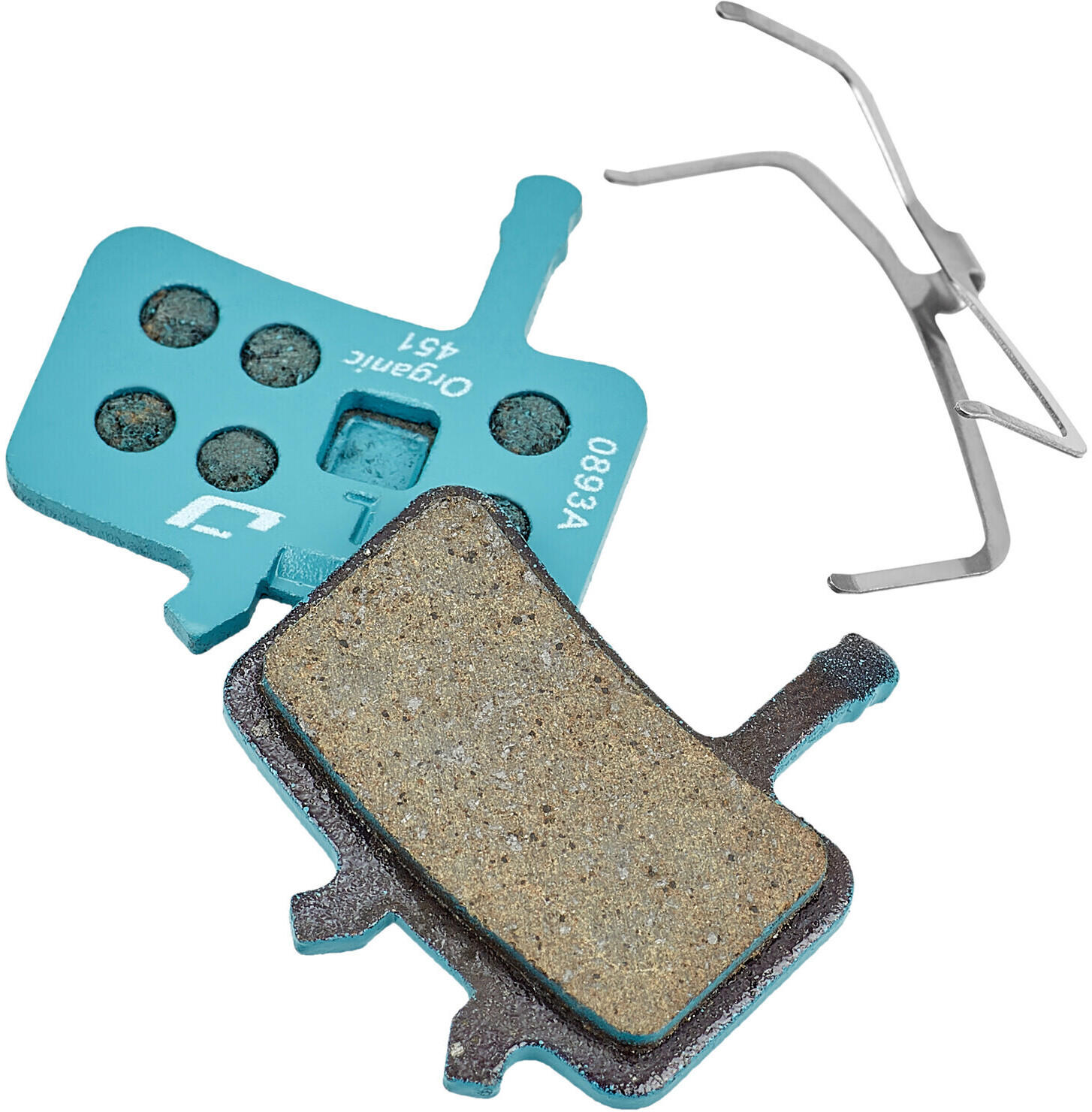
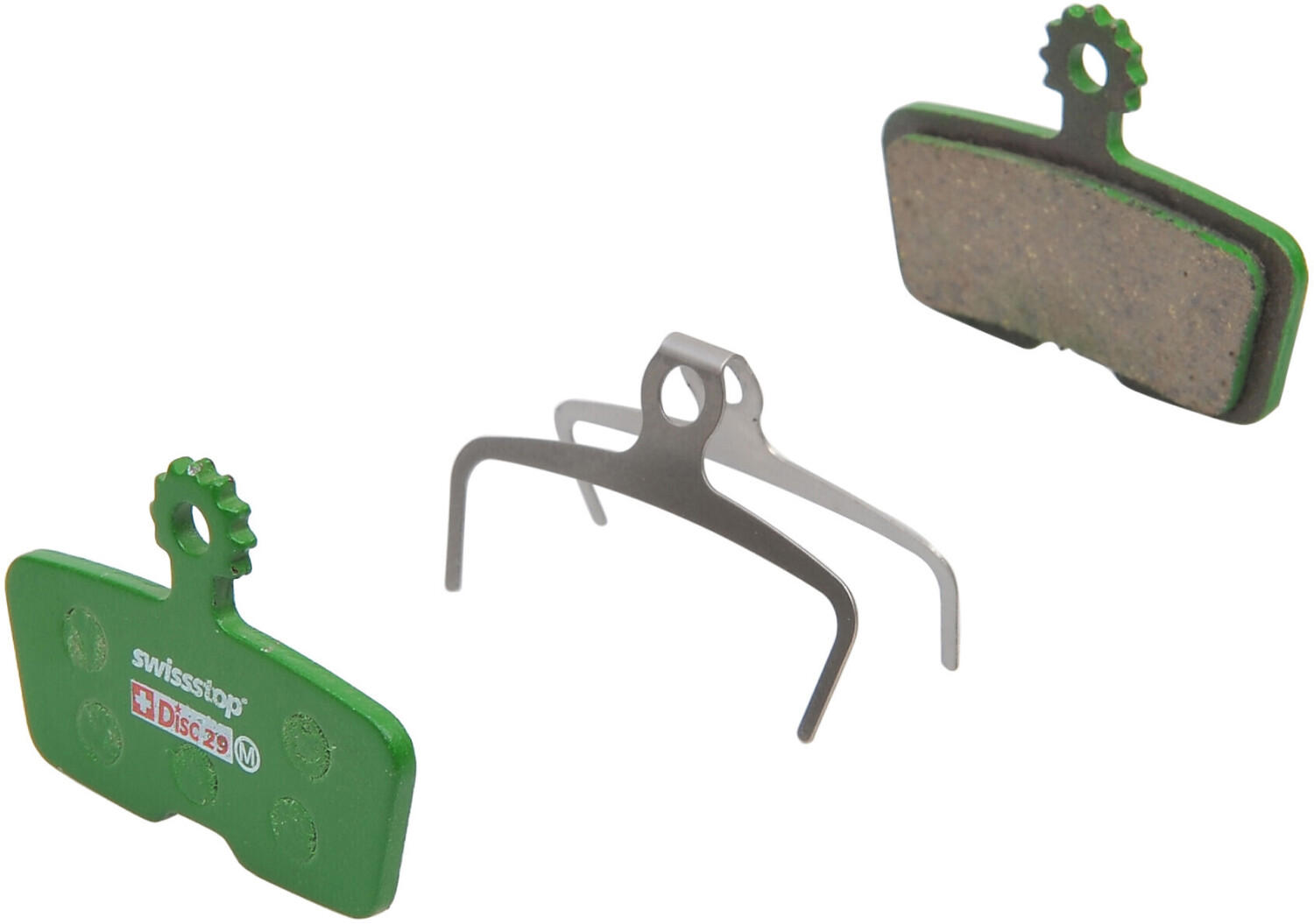
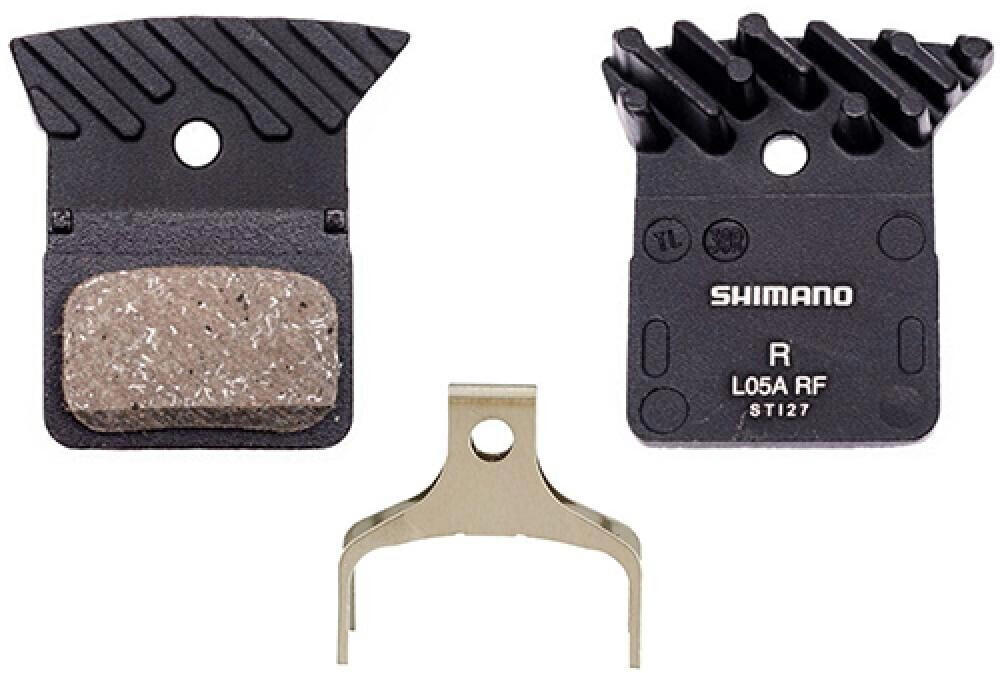
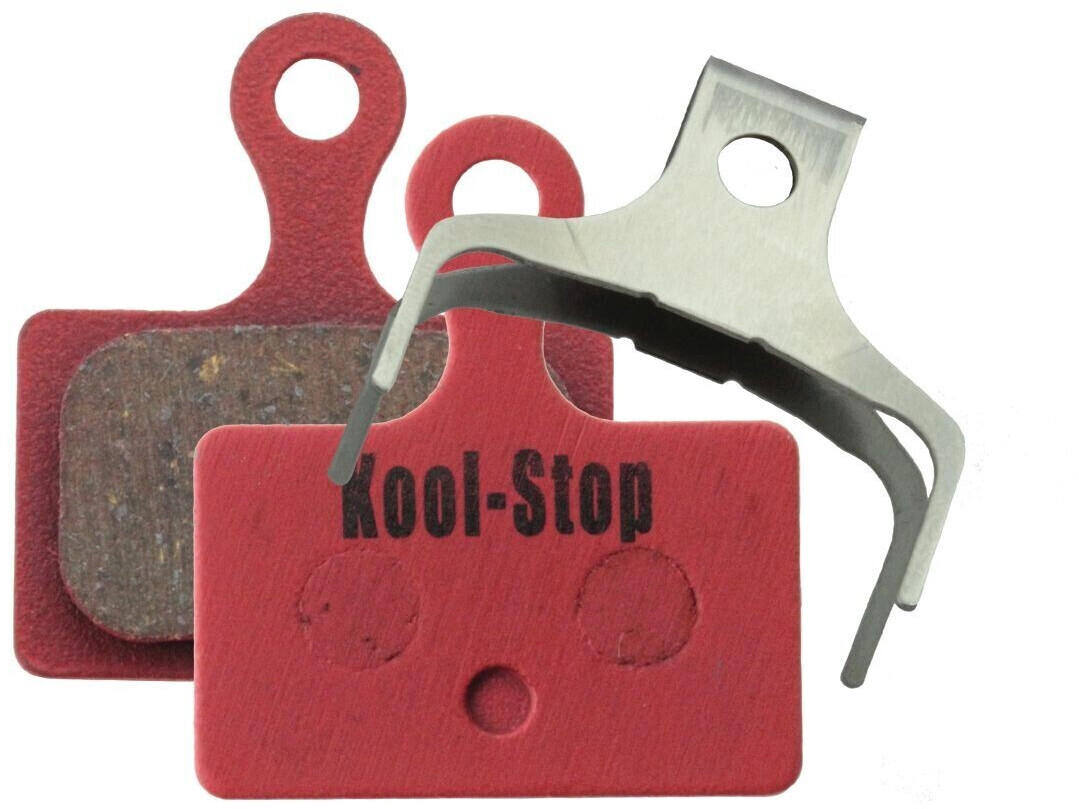
Brake lever reach
Brake lever reach refers to the distance between the handlebar and the brake lever when it is in the resting position. This distance can greatly affect your comfort and control while riding.
For riders with smaller hands or those who prefer a shorter reach, the Shimano SLX M7100 Brake Lever is a great option. It features a reach adjust mechanism, allowing you to fine-tune the lever position to suit your requirements. On the other hand, if you have larger hands or prefer a longer reach, the SRAM Code RSC Brake Lever might be more suitable. Its tool-free reach adjust function allows for easy customization, ensuring a comfortable grip.
Brake lever shape
The shape of the brake lever determines the ergonomics and comfort of using the brakes. There are various shapes available in the market, each targeting different preferences and riding styles.
For those who prefer a traditional and comfortable shape, the Shimano BL-R550 Flat Bar Road Brake Lever is an excellent choice. It features a classic shape that provides a comfortable grip, making it ideal for long rides. Another option for comfort-seeking riders is the Paul Component Engineering Canti Lever Brake Lever. This lever has a curved shape, which enhances finger comfort and provides great control.
On the other hand, riders who prioritize aerodynamics may opt for the TRP Brakes RL959 Triathlon/Time Trial Brake Lever. This lever is specifically designed for triathletes and time trialists, featuring an aero-shaped lever that reduces drag and maximizes speed.
Ultimately, the choice of brake lever shape depends on personal preference and riding style. Consider the Shimano BL-R550, Paul Component Engineering Canti Lever, and TRP Brakes RL959 as potential options based on their respective lever shapes.
Brake lever material
It not only affects durability but also, in some cases, performance. Aluminum alloy is a popular material choice for brake levers due to its lightness and strength. One example of a high-quality aluminum alloy brake lever is the Shimano Saint BL-M820-B which features a carbon lever blade for added rigidity and a smooth operation. Another material commonly utilized is composite or plastic, known for its cost-effectiveness. A great option in this category is the SRAM Level TL, which uses a lever body made of lightweight and durable composite material. For riders seeking the utmost in performance and a luxurious feel, titanium brake levers such as the Magura MT Trail Carbon offer exceptional strength-to-weight ratio and a stunning appearance.
Brake lever ergonomics
The brake lever is what you use to activate the brakes, so it should feel comfortable and easy to reach. Look for levers that feature adjustable reach, which allows you to customize the distance between the lever and your handlebars to fit your hand size and riding style. One example of a brake lever that offers great ergonomics is the Shimano Ultegra R8000 Brake Lever, which has a sleek design and features a tool-free reach adjust. Another option is the SRAM Force 22 Brake Lever, which offers a textured grip and a reach adjust mechanism that requires no tools for quick customization. These brake levers provide excellent control and comfort while riding, ensuring a safe and enjoyable biking experience.
Brake lever adjustability
This feature allows users to customize the position and reach of their brake levers, ensuring optimal comfort and control. One product that offers great adjustability is the Shimano XTR BL-M9100 brake lever. It features a tool-free adjustable reach and free stroke to accommodate different hand sizes and preferences. Another option is the SRAM Level Ultimate brake lever, which features a contact point adjustment that allows riders to fine-tune the point at which the brakes engage.
Brake caliper material
The caliper is responsible for clamping the brake pads onto the brake rotor, creating the friction needed to stop the bike. Different brake caliper materials offer varying levels of performance and durability.
One popular material for brake calipers is aluminum alloy, which provides a good balance between weight and strength. Aluminum calipers are often found on entry-level and mid-range bikes, such as the Shimano BR-R8000 Ultegra Brake Caliper and the SRAM Force Brake Calipers. These calipers offer reliable braking performance without adding too much weight to the bike.
For riders who prioritize enhanced stopping power, some brake calipers are constructed from technologies such as ceramic or carbon fiber. Ceramic brake calipers, such as the Campagnolo Super Record Dual Pivot Brake Calipers, are known for their superior heat resistance and provide consistent braking performance on long descents. On the other hand, carbon fiber brake calipers, like the TRP T910 Direct Mount Road Caliper, offer excellent stiffness and weight savings, making them a great choice for competitive road cyclists.
The material of the brake caliper significantly influences its durability and performance, so it is essential to consider the specific needs and riding style when choosing the right bike brake parts.
Brake caliper type
There are different types available, each offering unique features and benefits.
One popular type of brake caliper is the Mechanical disc brake caliper. Mechanical disc brakes offer reliable and consistent stopping power. A great option in this category is the Shimano BR-M375 Mechanical Disc Brake Caliper. It is renowned for its durability and ease of maintenance.
Another type to consider is the Hydraulic disc brake caliper. Hydraulic disc brakes utilize fluid pressure to transmit force, providing powerful and reliable braking performance. A top-notch hydraulic disc brake caliper is the SRAM Guide Ultimate Hydraulic Disc Brake Caliper. With its tool-free reach adjust and consistent modulation, it ensures precise control and powerful braking.
Remember to choose a brake caliper that is compatible with your bike's braking system and provides the desired level of performance for your biking needs.
Brake caliper mounting position
This determines how the brake caliper attaches to the bike frame. There are two main types of brake caliper mounting positions: post mount and flat mount.
Post mount brake calipers attach directly to the frame or fork using bolts, and are commonly found on mountain bikes. One example of a post mount brake caliper is the Shimano XT BR-M8000 Post Mount Caliper. This caliper is designed for mountain biking and features a hydraulic disc brake system with a post mount design. It provides powerful braking performance and precise modulation for aggressive trail riding.
On the other hand, flat mount brake calipers are becoming increasingly popular in road bikes. With the flat mount design, the caliper mounts flush against the frame or fork, resulting in a sleeker and more aerodynamic appearance. A recommended flat mount brake caliper is the SRAM Force eTap AXS Flat Mount Disc Brake Caliper. This caliper offers reliable stopping power and features a hydraulic disc brake system suitable for road cycling. With its flat mount design, it seamlessly integrates with the frame for a clean and elegant look.
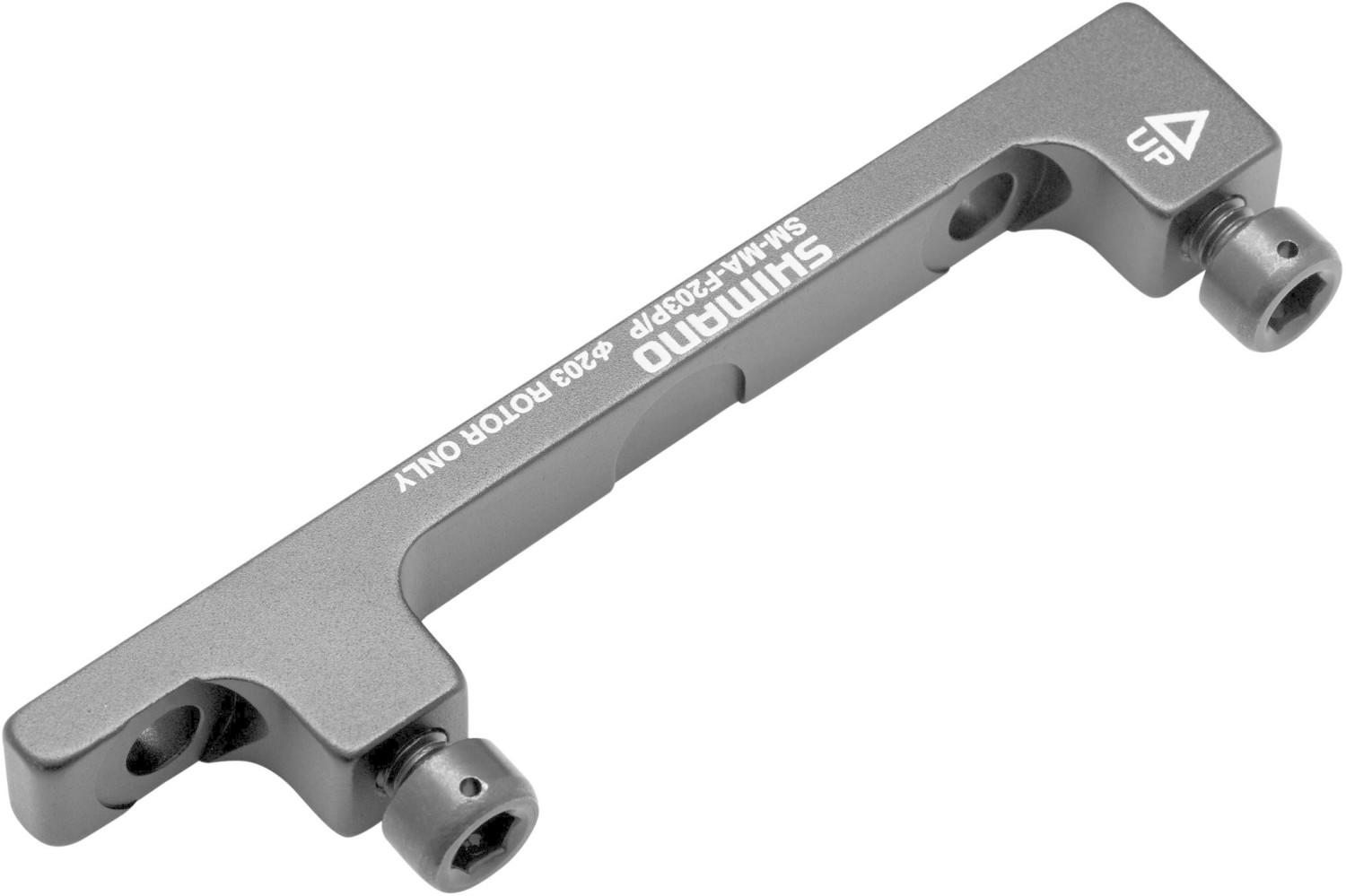
Considering the brake caliper mounting position is crucial in selecting the right bike brake parts, ensuring compatibility with your bike frame or fork. Choose between post mount and flat mount based on your biking needs and the type of bike you have.
Brake caliper weight
The weight of the caliper can significantly impact the overall weight of the bike, which can have an effect on performance, especially for riders interested in competitive cycling or uphill climbs. Lighter brake calipers can contribute to a more agile and responsive ride. A few noteworthy brake calipers that boast a lightweight design include the Shimano Dura-Ace BR-R9170 at only 199 grams and the SRAM Red eTap AXS D1.
Additional caliper options can be categorized into the following groups based on weight:
Lightweight: These calipers are designed for riders looking for the lightest brake calipers available on the market. Examples include the TRP T910 Direct Mount Brake Set weighing in at 149 grams and the Magura MT8 Pro weighing just 225 grams.
Mid-weight: This category includes reliable calipers that strike a balance between weight and performance. The Shimano 105 BR-R7000 is a solid choice, weighing approximately 190 grams. Another option is the Campagnolo Record Dual/Mono Pivot Brake Caliper which weighs around 315 grams.

Knowing the weight of the brake caliper can assist in selecting the most suitable brake parts for your bike, whether you prioritize lightweight design for professional cycling or a more comprehensive performance for various riding disciplines.
Brake rotor size
The size of the brake rotor can affect the braking performance and heat dissipation of your bike. Generally, larger rotors tend to provide more stopping power and better heat management compared to smaller rotors. However, it is also important to consider compatibility with your bike's frame and fork.
One popular option in the market is the 'Shimano SM-RT70' rotor, which comes in various sizes ranging from 140mm to 203mm. These rotors feature Ice Tech technology which combines an aluminum core with a stainless steel braking surface, providing excellent heat dissipation and braking performance. Another option to consider is the 'SRAM Centerline' rotor, which is available in sizes from 140mm to 200mm. These rotors feature an innovative design that helps reduce noise and improve heat management for more consistent braking power.
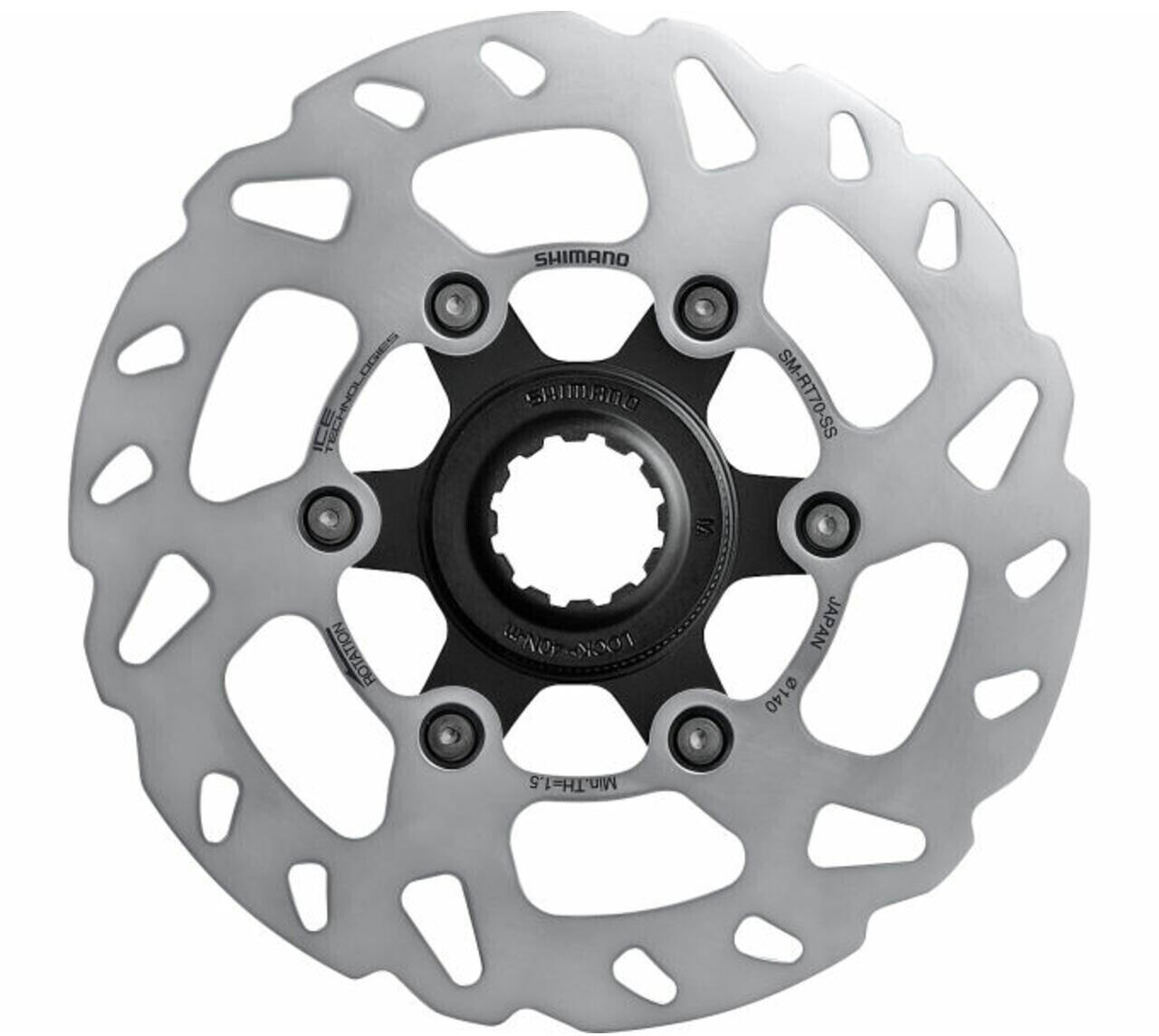
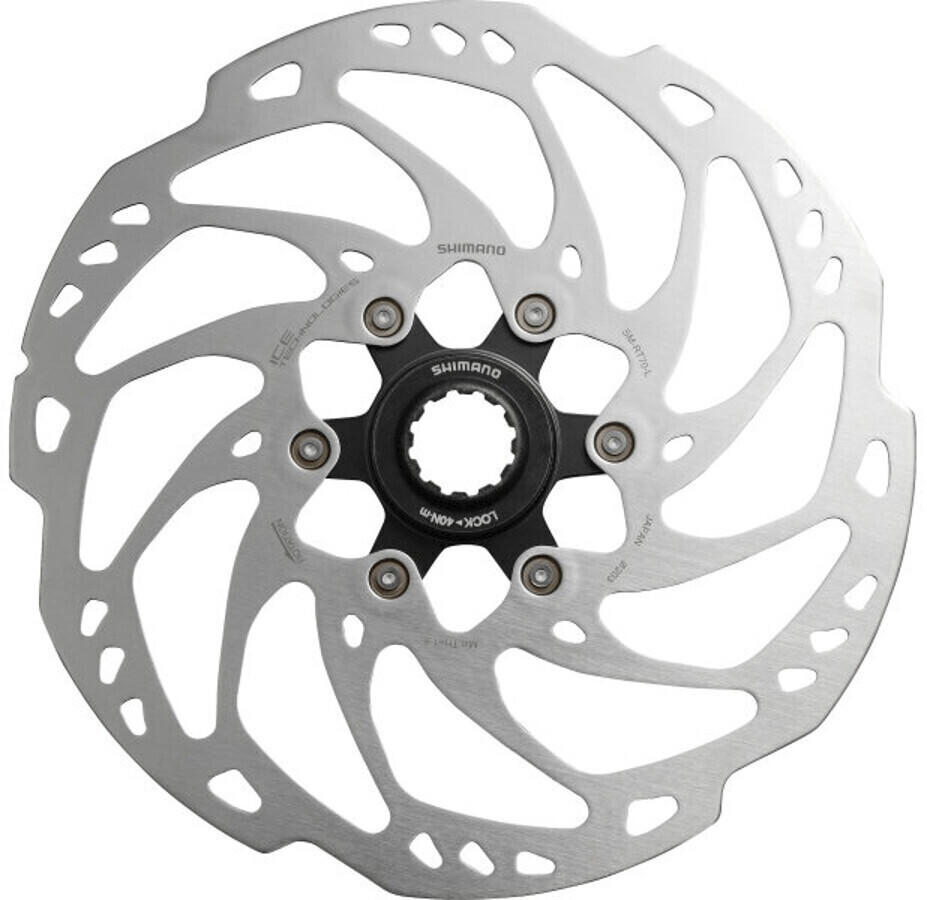
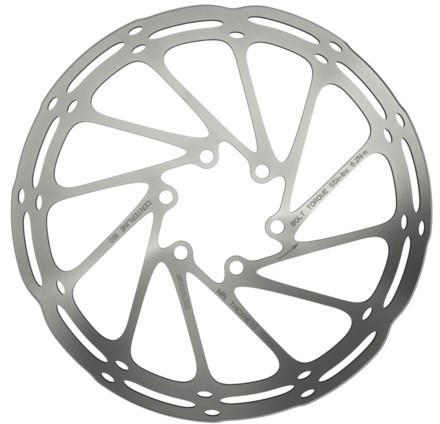
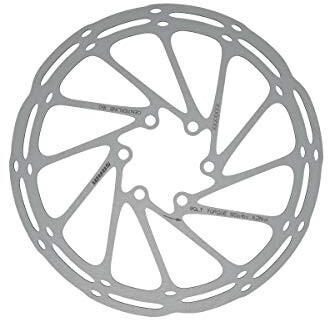
It is worth mentioning that there are different groups or segments of brake rotors in the market based on their intended use. For cross-country (XC) or lighter trail riding, rotors in the range of 140mm to 180mm are commonly used, such as the 'Shimano SLX SM-RT66' rotor. For more aggressive trail or enduro riding, rotors in the range of 180mm to 200mm, like the aforementioned 'Shimano SM-RT70' and 'SRAM Centerline', are often preferred for their increased stopping power and heat management capabilities. However, it is crucial to ensure compatibility with your bike's components before making a purchase decision.
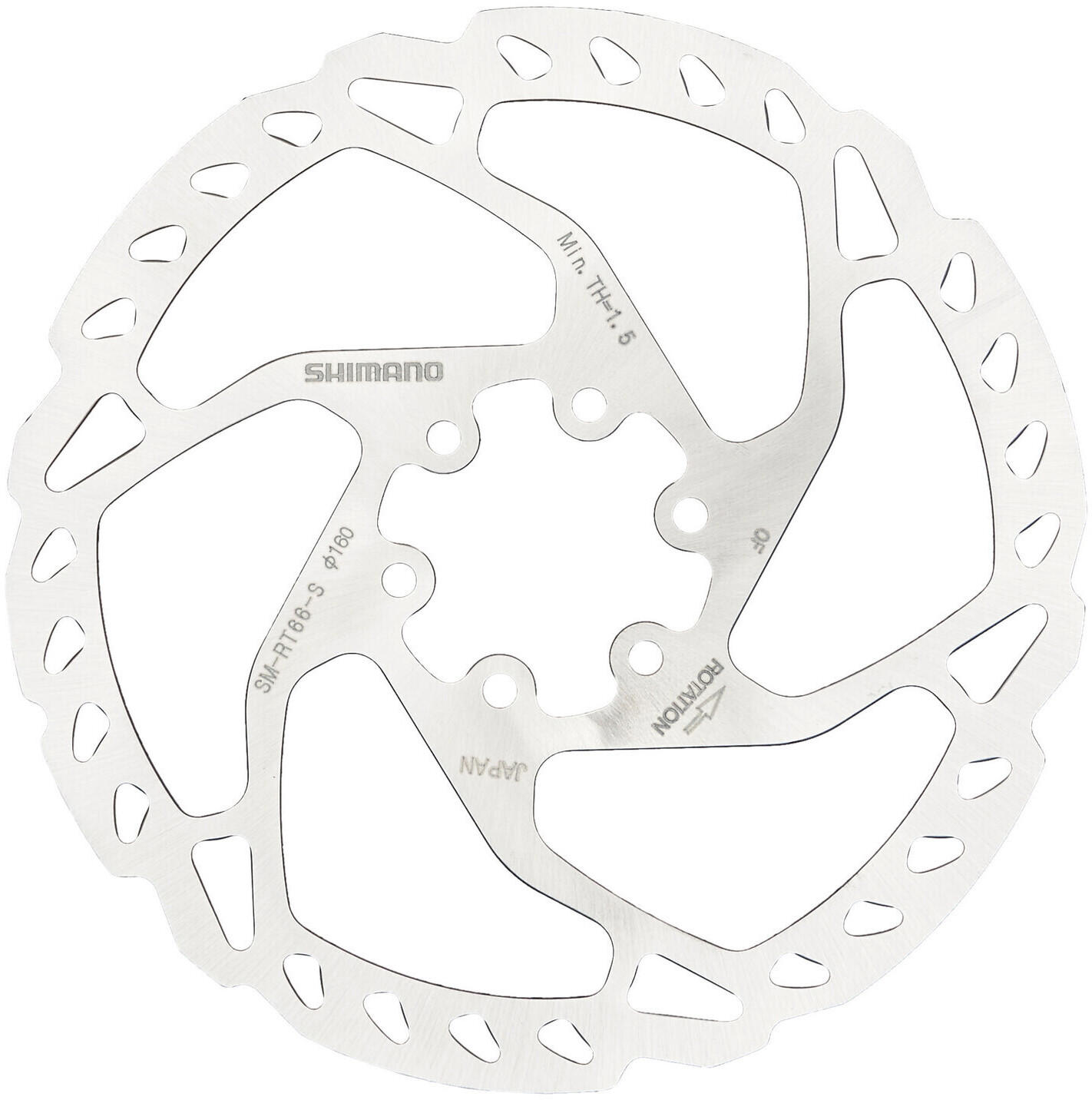


Brake rotor material
One popular material choice is stainless steel rotors, known for their resistance to corrosion and heat. Examples of stainless steel rotors include the Shimano SM-RT86 and SRAM Centerline X rotors. These rotors are designed with increased heat dissipation channels and are suitable for all-mountain and downhill riding.
Another option is carbon fiber rotors, which are much lighter than stainless steel and provide excellent heat management. They are also less prone to warping under heavy braking. High-end examples of carbon fiber rotors include the Ashima AiRotor and the Magura Storm SL. These rotors are perfect for riders looking for maximum weight reduction and enhanced braking performance. However, it's worth noting that carbon fiber rotors tend to be more expensive than their stainless steel counterparts.
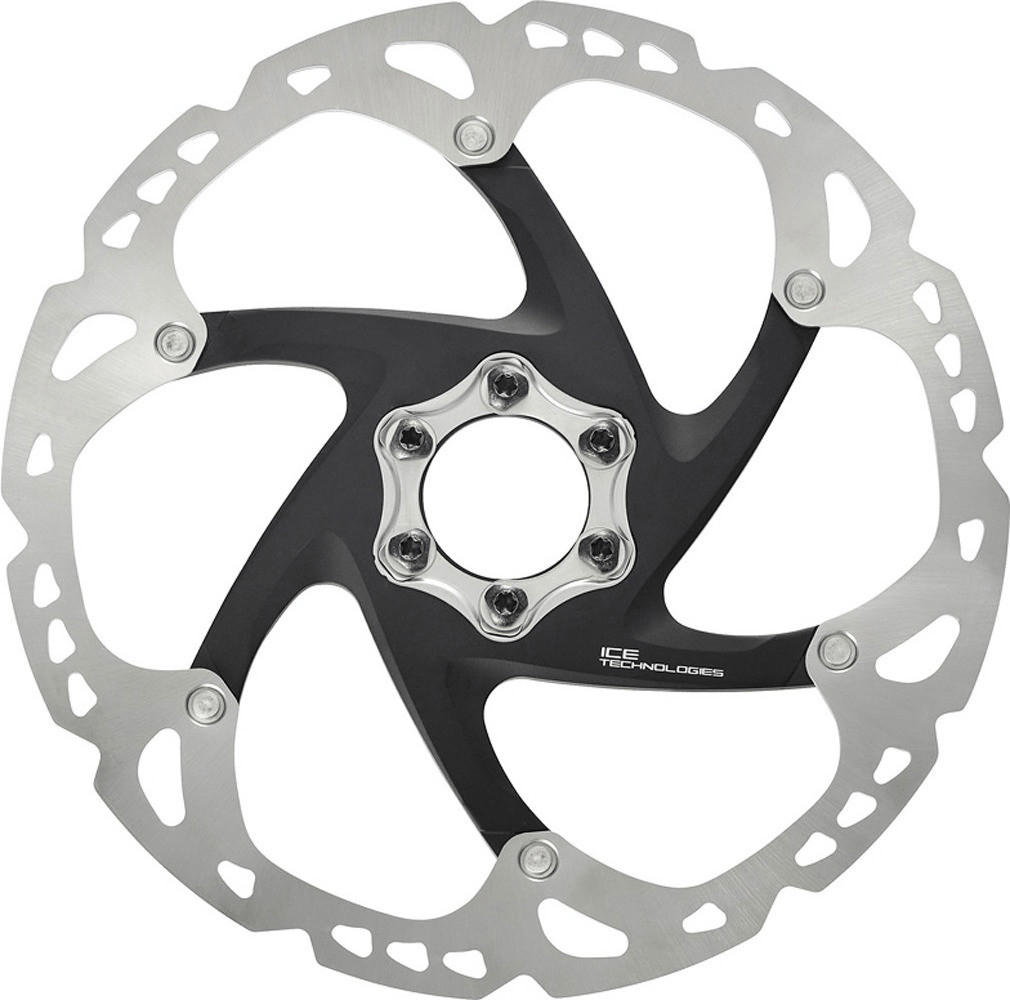
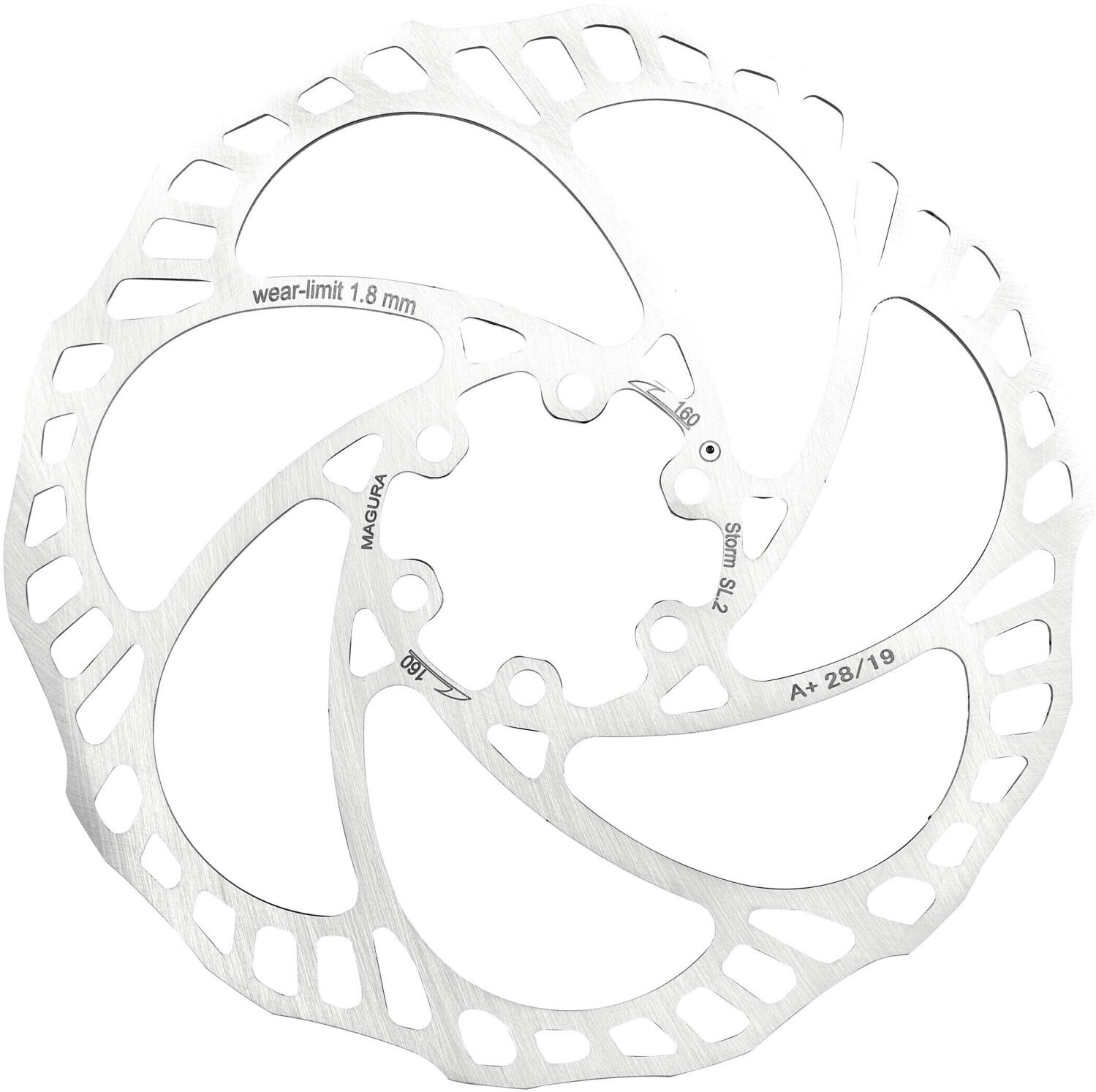
Brake rotor type (two-piece or one-piece)
There are two options available: two-piece rotors and one-piece rotors. Two-piece rotors consist of an aluminum alloy carrier and a stainless steel braking surface. These rotors are known for their lightweight design and excellent heat dissipation, making them suitable for high-performance applications. Examples of two-piece rotors in the market include the Shimano XTR SM-RT99 and the Hope Tech Evo V4 Disc Brake Rotor. On the other hand, one-piece rotors are built entirely from stainless steel and provide a more affordable and durable option for riders. They may have various design features such as different cut-outs or ventilation channels provided for heat management. Some top choices for one-piece rotors are the Sram Centerline and the Avid G3 Clean Sweep Rotor. Ultimately, the choice between these two types of brake rotors will depend on the rider's specific needs and preferences.
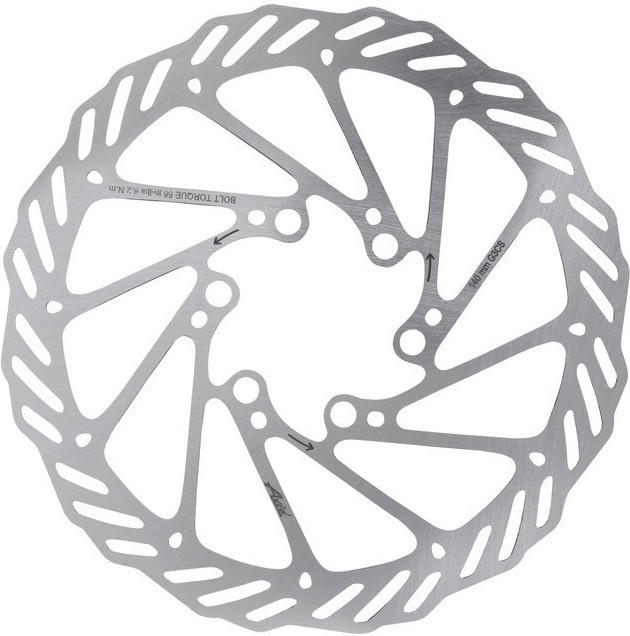
Brake rotor cooling technology
This technology helps prevent heat buildup during intensive rides and ensures maximum braking performance. One product that stands out in this aspect is the Shimano SM-RT66 Bike Brake Rotor. This rotor features a unique Ice-Tech technology that incorporates an aluminum core sandwiched between stainless steel braking surfaces. This design aids in heat dispersion, offering ultimate cooling performance and excellent stopping power. Another notable option is the Avid G2 CleanSweep Bike Brake Rotor, which utilizes a durable stainless steel construction with strategically placed cutouts for efficient heat dissipation. These products are perfect choices for riders seeking remarkable brake rotor cooling technology in their bike brake parts.
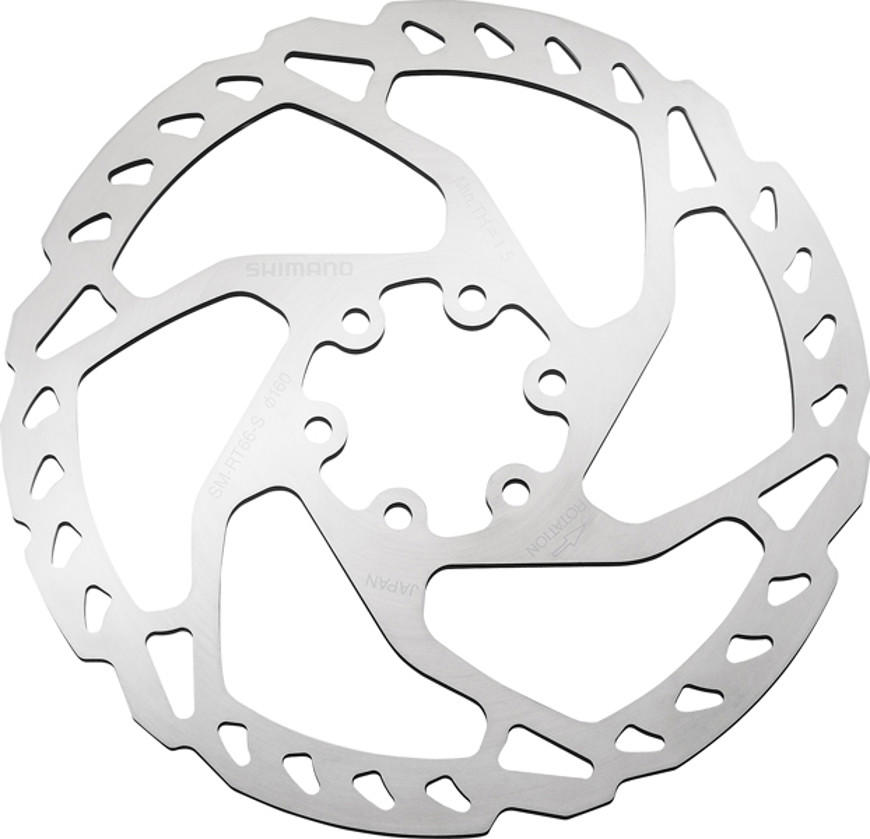

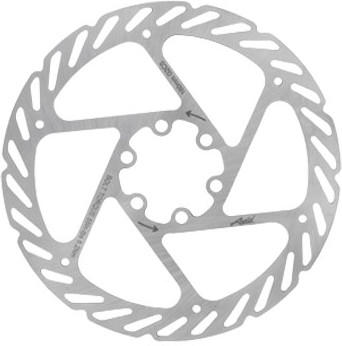
Brake rotor weight
Many cyclists opt for lighter rotors as they can help decrease the overall weight of the bike, resulting in improved performance and faster acceleration. One excellent example of a lightweight brake rotor is the Shimano RT66 6 Bolt Disc Brake Rotor. Made from a high-quality stainless steel, it weighs only 0.13 lbs (59 grams), making it an ideal choice for riders looking to reduce bike weight without compromising on braking power. Another option is the SRAM CenterLine Rounded Rotor, which features a lightweight design that weighs only 0.14 lbs (63 grams). Its rounded edges enhance performance and promote better heat dissipation for consistent braking power.



Brake hose length
The length of the brake hose determines the reach and flexibility of the brake, which is crucial for optimal performance and safety. A shorter brake hose ensures a more responsive and precise braking experience, while a longer one provides more flexibility and ease of installation.
Some great examples of brake hoses with varying lengths include the Shimano SM-BH90-SBM brake hose with a length of 1000mm, suitable for mountain bikes and offering excellent modulation. Another option is the SRAM Level brake hose which comes in lengths of 2000mm, offering a versatile fit and reliable braking power for both cross-country and trail riding. Lastly, the Magura MT8 Pro brake hose, available in lengths up to 2500mm, is ideal for downhill or enduro style riding with its high-quality construction and performance. These hoses provide different lengths to suit various riding styles and preferences, ensuring a customized and efficient braking system on your bike.
Brake hose material
The performance and durability of the brake system depend largely on the hose material. The most commonly used materials for brake hoses are stainless steel, rubber, and nylon. Stainless steel brake hoses are highly durable, resistant to corrosion, and offer improved brake responsiveness. They have a longer lifespan compared to rubber and nylon hoses, making them an excellent choice for high-performance bikes. One popular stainless steel brake hose on the market is the Jagwire Pro Braking Hose. It features a Kevlar weave for added strength, as well as a polished titanium finish for visual appeal. Another option is the Shimano Dura-Ace SM-BH90 Hydraulic Disc Brake Hose, which combines a stainless steel construction with a polyurethane coating for enhanced durability and flexibility. Other segments to consider are rubber hoses and nylon hoses which are suitable for lower-end bikes, with Formula and Avid offering options in this category respectively.
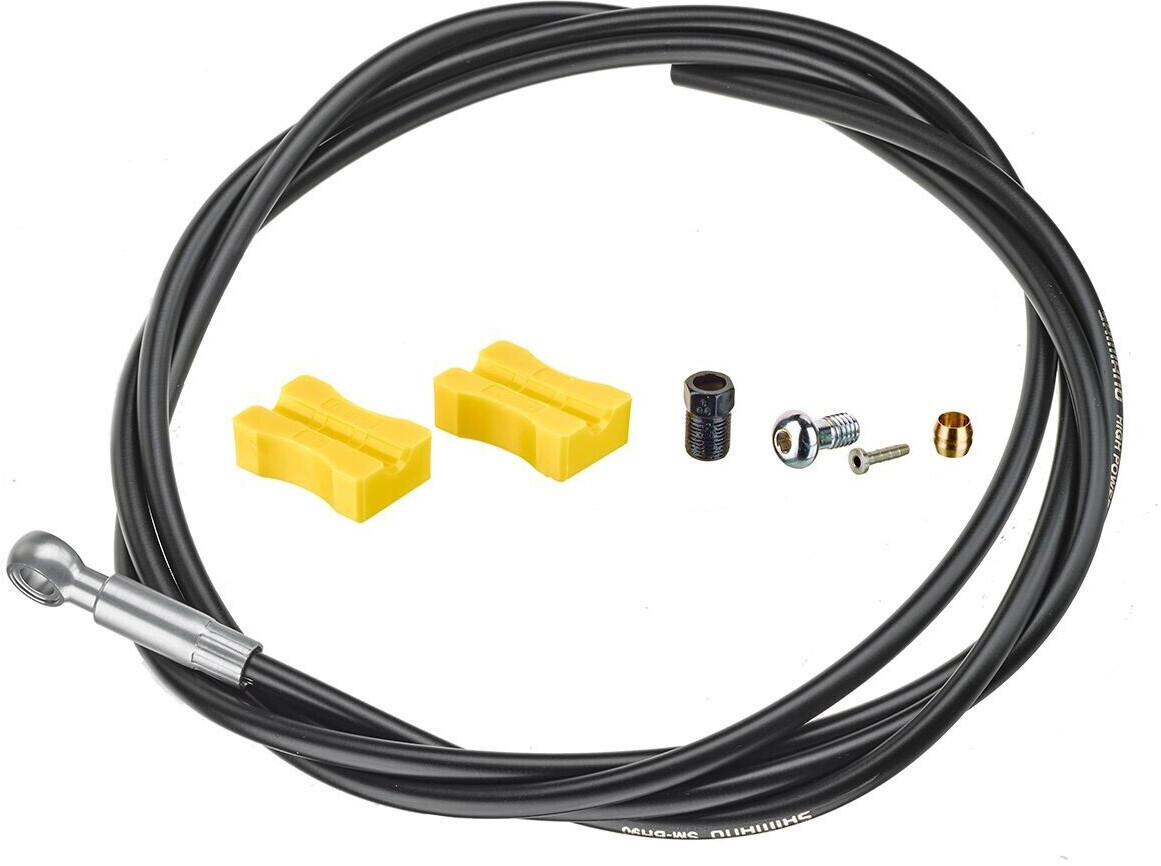
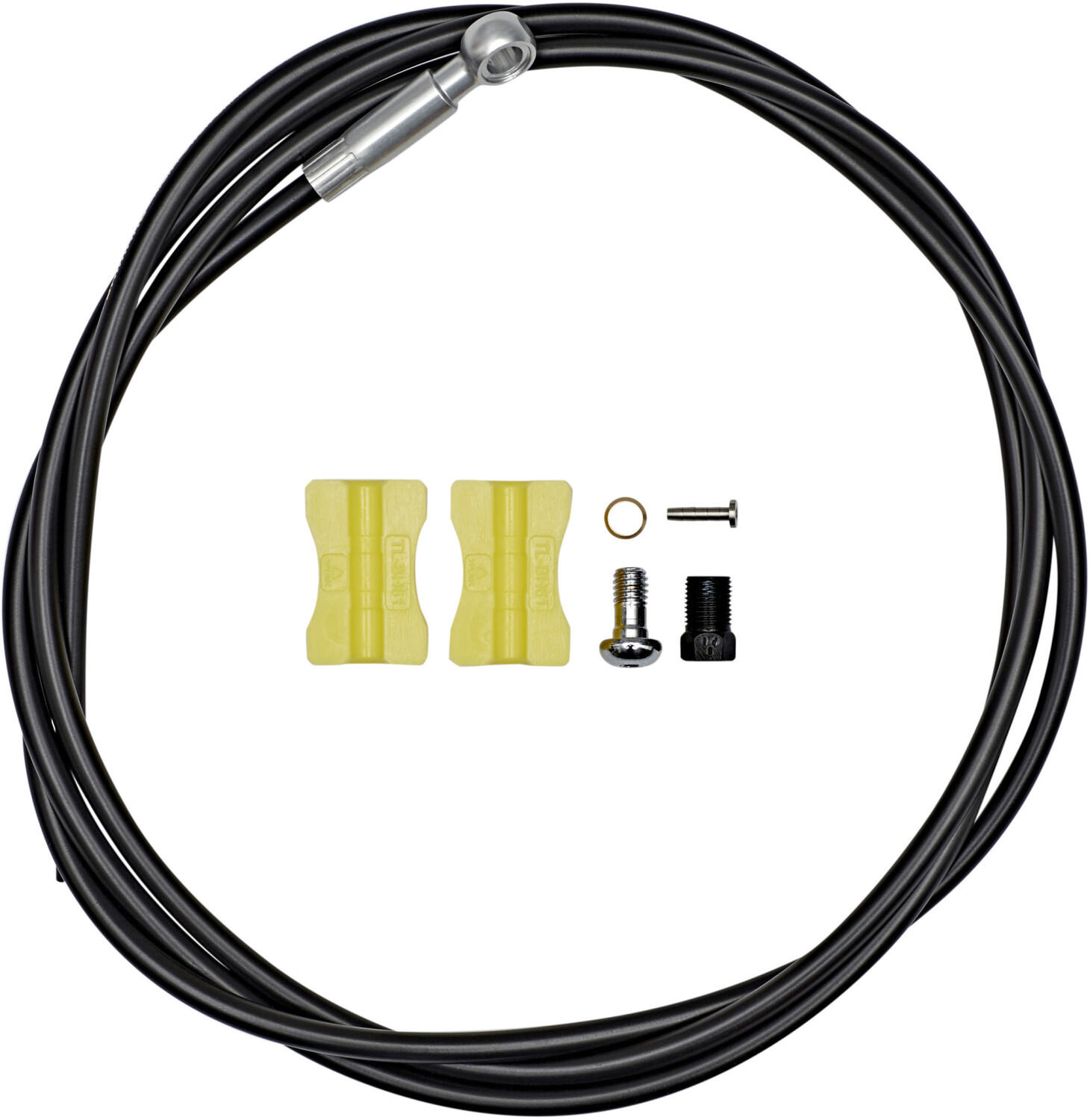
Brake hose color
Not only does the color of the hose add aesthetic appeal to your bike, but it can also provide useful information about the type and quality of the brake parts. For example, black brake hoses are a popular choice as they are often associated with high-performance brakes such as the Magura MT7 Pro Disc Brake. These brakes feature a black hose and are designed specifically for use in demanding downhill and enduro riding conditions. On the other hand, some riders prefer colored hoses to match their bike's overall color scheme or add a pop of color. For those seeking color options, the Jagwire Pro Polished Ultra-Slick Brake Hose Kit offers a range of shades, including white, red, gold, and teal, allowing riders to customize their brake setup according to their preference. Regardless of your color preference, it's essential to ensure that the brake hose meets the necessary specifications for performance and durability.

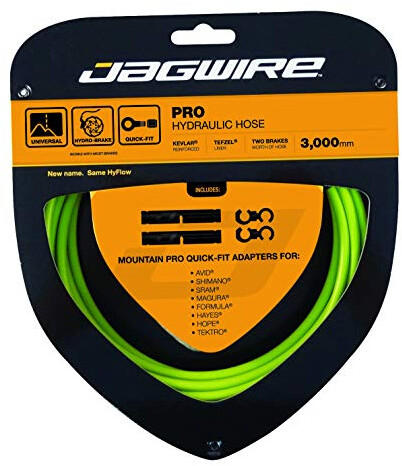
Hydraulic or mechanical brake system
Hydraulic brake systems, such as the Shimano Saint BR-M820 Disc Brake Set, rely on fluid pressure to operate. This allows for greater stopping power and modulation, as well as consistent performance in various weather conditions. The Shimano Saint BR-M820 Disc Brake Set features mineral oil as the hydraulic fluid, offering a reliable and consistent braking experience.
On the other hand, mechanical brake systems, like the Avid BB7 MTB Disc Brake, utilize cables to apply braking force. While not as powerful as hydraulic brakes, mechanical systems still provide ample stopping power and are generally easier to maintain. The Avid BB7 MTB Disc Brake comes with adjustable dual pad placement, making it suitable for different riding styles and preferences.
Brake modulation
This refers to the ability to control the intensity and responsiveness of the brakes. Having good modulation is crucial for maintaining control and preventing skidding, especially when navigating tricky terrain or making sudden stops.
One product that offers excellent brake modulation is the Shimano J04C Metal Disc Brake Pads. These brake pads are constructed with a high-performance metal compound, allowing for consistent and reliable braking performance. Additionally, their finned and sleek design helps to dissipate heat, ensuring that brake performance remains consistent, even during long and challenging rides. Another fantastic option for brake modulation is the SRAM Level Ultimate Disc Brake. These brakes feature a progressive lever design and are equipped with an adjustable lever reach, allowing riders to fine-tune the modulation to their preference. With a lightweight construction and the integration of Tapered Bore Technology, the SRAM Level Ultimate offers precise and controlled braking power for a superior riding experience.

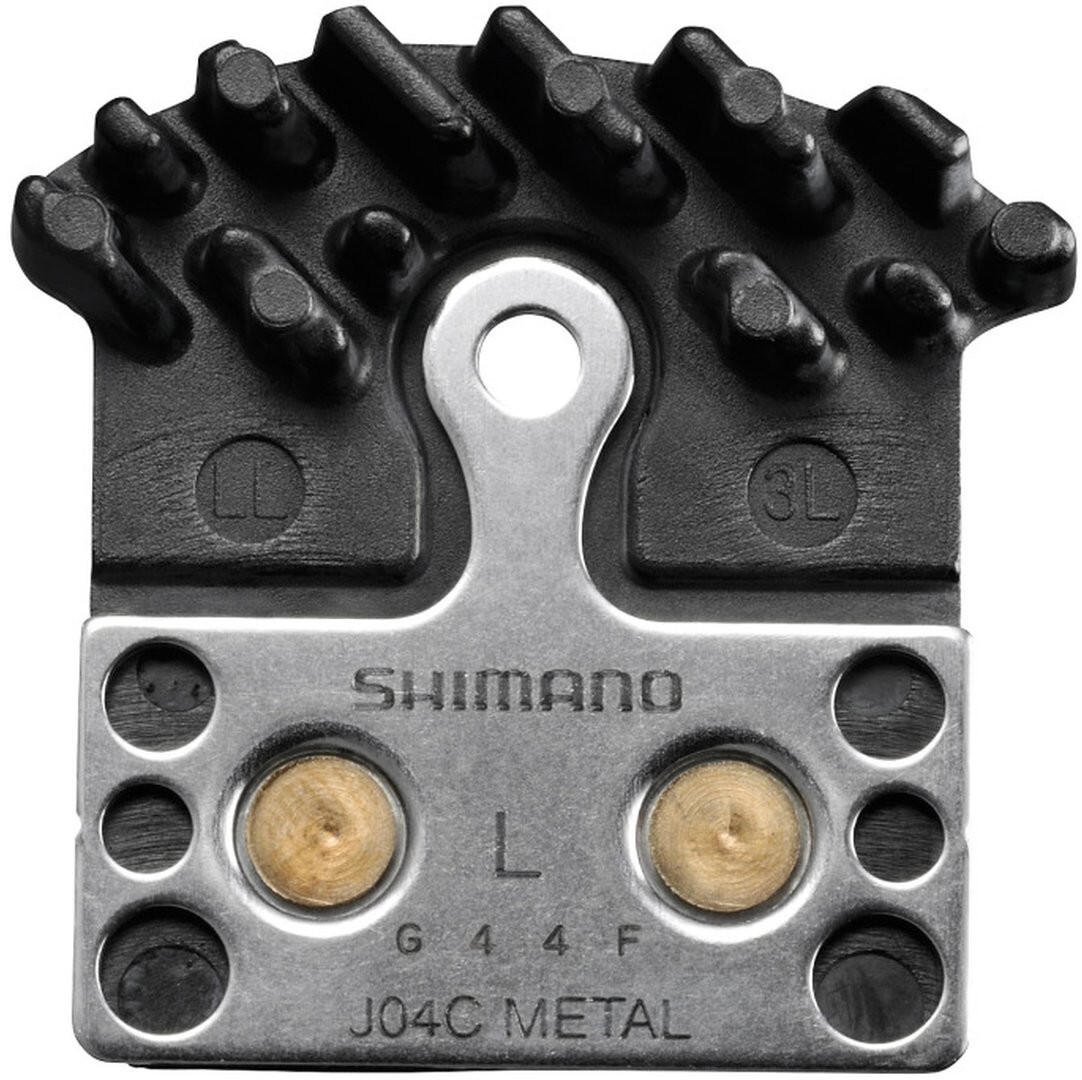
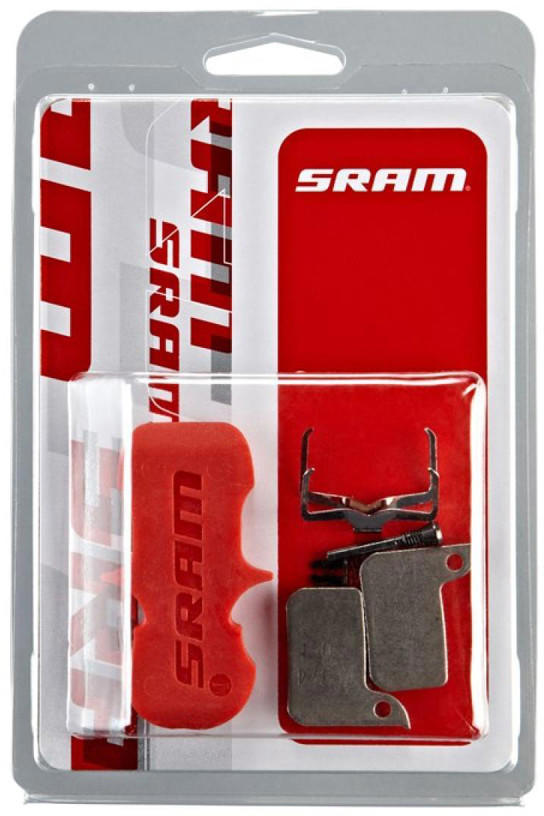
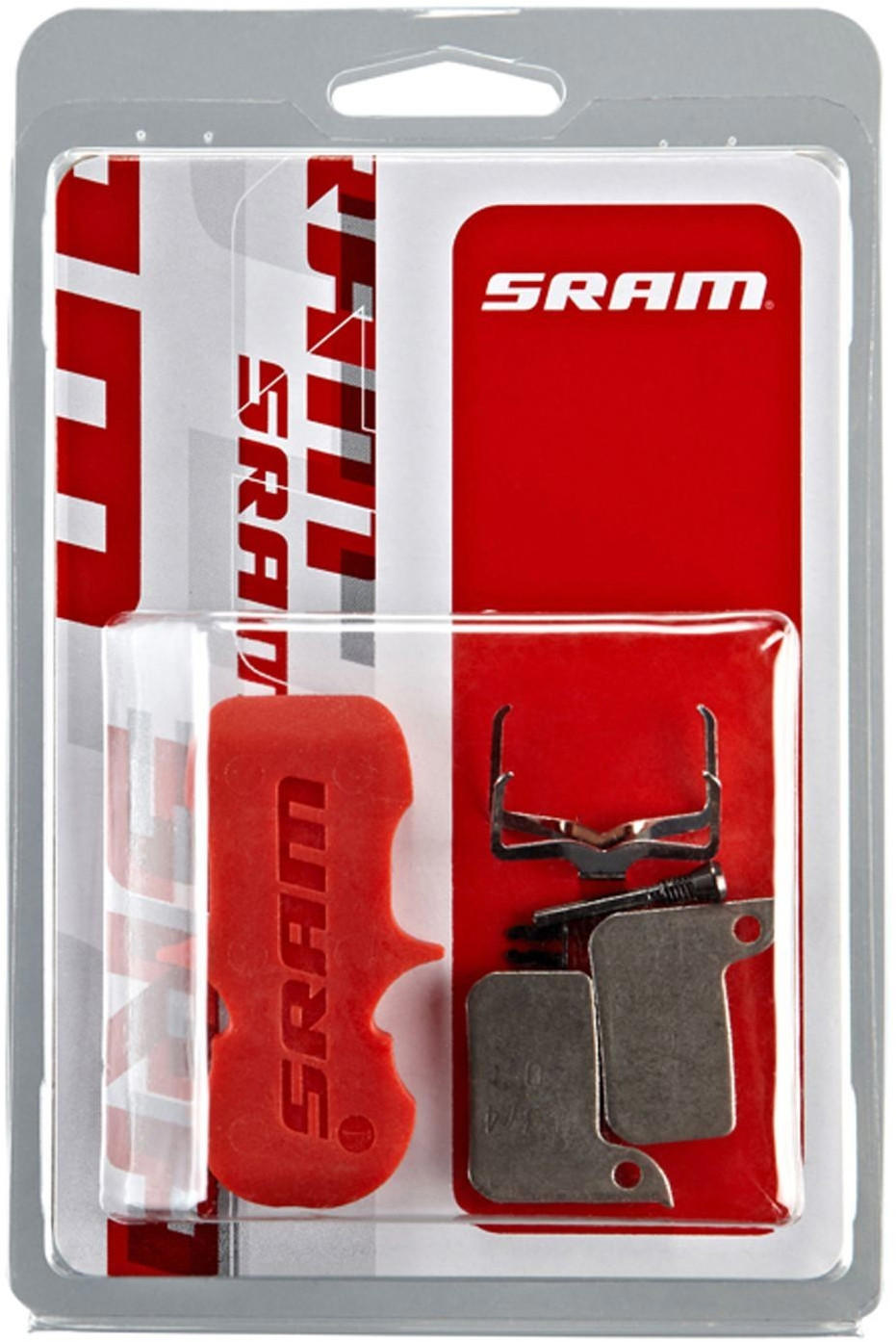
Brake lever responsiveness
This refers to how quickly and smoothly the brakes engage when the lever is pulled. A good brake lever responsiveness ensures reliable and timely stopping power, which is crucial for safe riding.
One product that stands out in terms of brake lever responsiveness is the Shimano Deore XT M8000 Brake Lever. With a 20% increase in power compared to its predecessor, it offers exceptional braking performance. Another option to consider is the SRAM Level T Brake Lever Set, which incorporates SRAM's DirectLink technology for precise and instant brake engagement. These products exemplify the high standard of brake lever responsiveness provided by leading manufacturers in the industry.
For an in-depth comparison, brake lever responsiveness can be further divided into segments based on performance level. In the premium segment, top-notch options like the Shimano XTR M9100 Brake Lever or the SRAM Guide Ultimate Brake Lever Set deliver unparalleled responsiveness and power for professional riders. In the mid-level segment, products such as the Shimano SLX M7100 Brake Lever or the SRAM Level TL Brake Lever Set offer an excellent balance of performance and affordability. Finally, for riders on a budget, selections like the Shimano Alivio M4050 Brake Lever Set or the SRAM Level Brake Lever Set provide solid responsiveness without breaking the bank.
Brake lever grip
One great option is the Shimano Deore BL-M6000 Brake Lever Set, which features an ergonomic reach adjust design allowing riders to easily customize the lever position. The brake lever grip is made from a comfortable and durable synthetic rubber material, providing excellent grip and control during rides. Another top choice is the SRAM Level TLM Hydraulic Disc Brake, which offers a textured lever grip for a confident hold, even in wet conditions. The lever is made from lightweight aluminum, ensuring durability without adding unnecessary weight to your bike. The Magura MT7 Pro Disc Brake is also worth considering, as it boasts a unique four-piston design for maximum braking power. The brake lever grip utilizes Magura's HC3 lever blade technology, providing a solid and comfortable hold for riders.

Brake lever finger clearance
This term refers to the distance between the brake lever and the handlebar, determining how comfortable and easy it is for your fingers to reach and activate the brake. For riders with smaller hands, a smaller finger clearance is preferable, while riders with larger hands might benefit from a larger clearance.
In terms of specific products in the market, there are several options to explore. One group includes brake levers specifically designed for riders with smaller hands like the Shimano BL-MT500 Brake Lever, which offers a shorter reach and smaller finger clearance. Riders with larger hands, on the other hand, might find the SRAM Guide Ultimate Brake Lever more suitable, as it provides a longer reach and larger finger clearance. These products cater to different hand sizes, ensuring optimal comfort and control for every rider.
Absence of brake noise
Noisy brakes not only cause annoying distractions but can also be indicative of malfunctioning or poorly designed parts. Look for brake sets that specifically mention noise reduction in their product specifications, such as the Shimano BR-M6000 Deore Hydraulic Disc Brake and the SRAM Force Road Brake Caliper. These products have been designed to minimize noise during braking. Furthermore, high-quality brake pads can also contribute to noise reduction, so consider options like the Kool Stop Dual Compound Mountain Pads or the SwissStop FlashPro Original Black, which are known for their silent braking performance. By opting for bike brake parts that prioritize the absence of brake noise, you can ensure a more enjoyable and efficient biking experience.
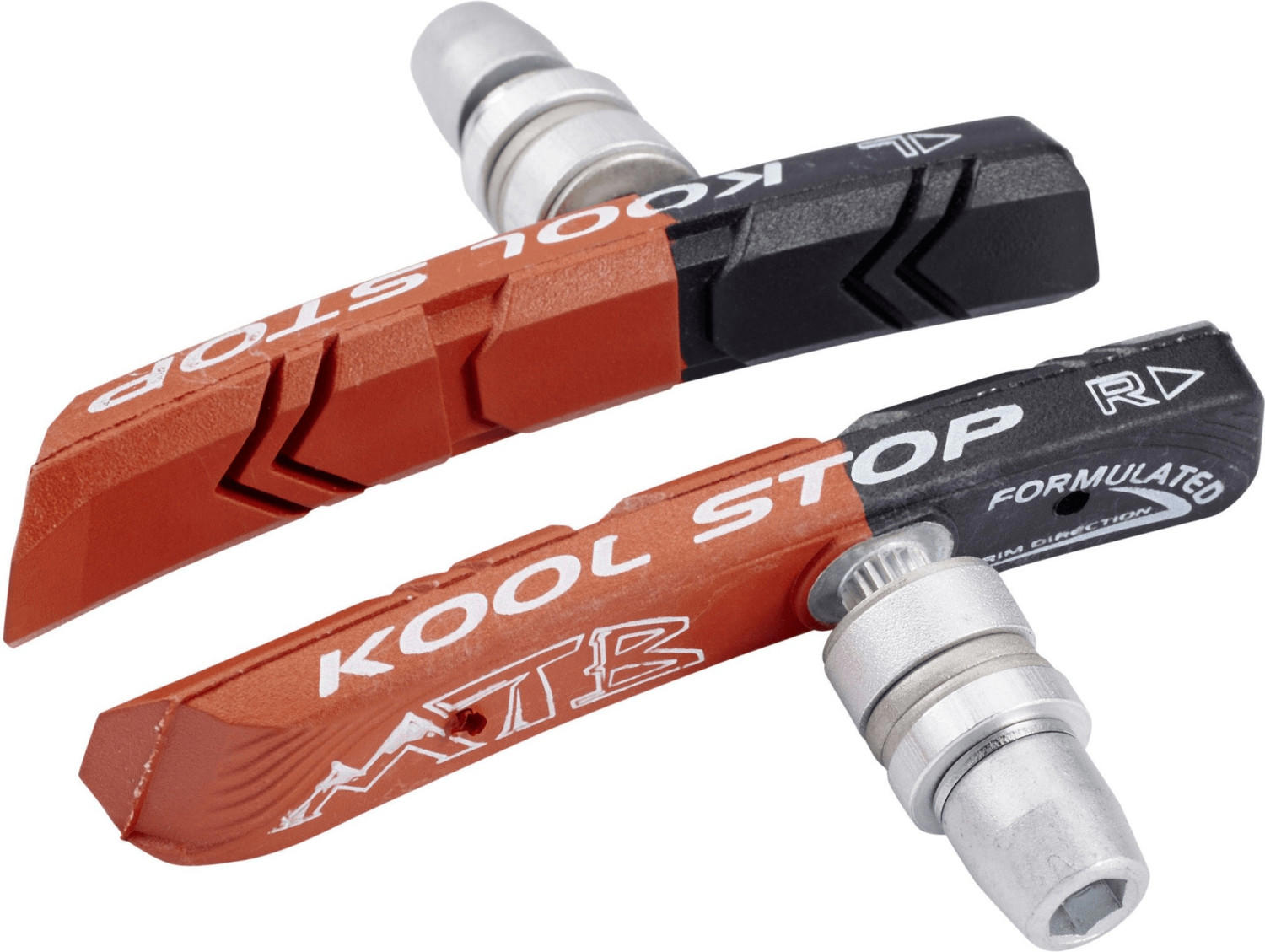

Brake lever and caliper heat dissipation
Efficient heat dissipation is crucial to prevent brake fade during prolonged use. For superior heat management, consider products like the Shimano XT M8000 Brake Lever and Caliper Set with IceTech technology. This advanced system includes IceTech aluminum finger levers that significantly reduce heat build-up. Additionally, the aluminum 2-finger lever design provides excellent grip and control. Another excellent option is the SRAM Guide RSC Brake Lever and Caliper Set. These brakes feature contact point adjustment and a tool-free reach adjust that allows for personalized customization and increased modulation. With its DirectLink pad-to-rotor technology, these brakes offer consistent power and better heat management.
Segmented products:
- High-end Performance Brakes: Magura MT7 Pro HC Disc Brake – This brake system has a high-performance 1-finger lever with tool-free adjustment options. The four-piston caliper provides outstanding stopping power while the integrated heat sinks enhance heat dissipation.
- Trail-Enduro Brakes: Hope Tech 3 E4 Disc Brake – Equipped with a 5% stiffer lever resulting in better braking modulation, this brake lever and caliper set also includes a ventilation system to aid heat dissipation during intense riding.
- Budget-friendly Options: Avid BB5 Mechanical Disc Brake – Offering a cost-effective solution, these brakes feature a heat-dissipating stamped steel caliper and an ergonomic, easy adjust Tri-Align Caliper Positioning System for a hassle-free setup.
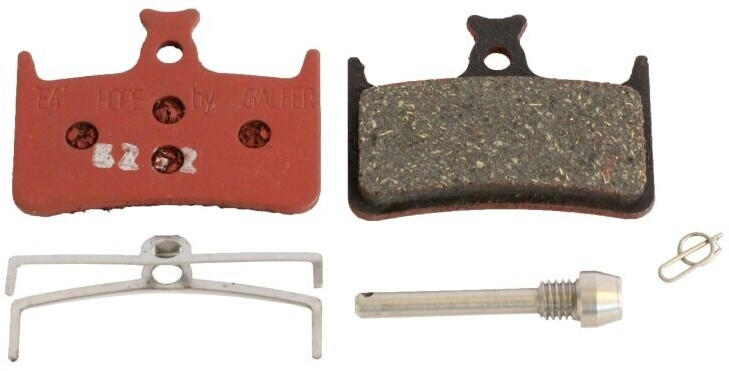
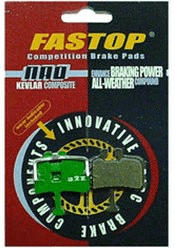
Brake performance in wet conditions
One excellent option is to invest in disc brakes, which are known for their superior performance in wet weather due to their larger cooling surface and better modulation. One product to consider is the Shimano Deore XT M8120 Hydraulic Disc Brake Set, which offers exceptional stopping power, modulation, and reliability even in wet conditions. Additionally, it features a four-piston design for increased power, ceramic pistons for heat insulation, and Servo Wave technology for quicker pad engagement. Another option is the SRAM Guide RSC Hydraulic Disc Brakes, which boast excellent wet performance with their powerful stopping ability and consistent modulation. These brakes also feature heat-dissipating calipers and metallic pads for reliable braking in any weather. Both of these options demonstrate exceptional wet weather brake performance and are suitable for riders seeking reliable stopping power in challenging conditions.
Brake parts maintenance requirements
Some brake pads, such as the Shimano Deore XT Ice-Tech Brake Pads, boast a cooling radiator fin that dissipates heat quicker, reducing the risk of brake fade. These pads also feature a long-lasting Metal Sintered compound, which not only offers superb braking power but also has a higher resistance to wear, making them ideal for riders who frequently tackle challenging terrain.
Another aspect to consider is the brake rotors. Choose ones like the SRAM Centerline Rounded Rotor, which are designed with rounded edges to prevent rotor warp during intense braking. These rotors are made from durable stainless steel, providing excellent heat dissipation capabilities and ensuring consistent braking performance even in wet conditions. Opting for high-quality brake fluid like Magura Royal Blood is also key to maintaining your brake parts. This mineral oil-based fluid has a longer lifespan and better handling characteristics than traditional brake fluids, reducing the need for frequent flushing.
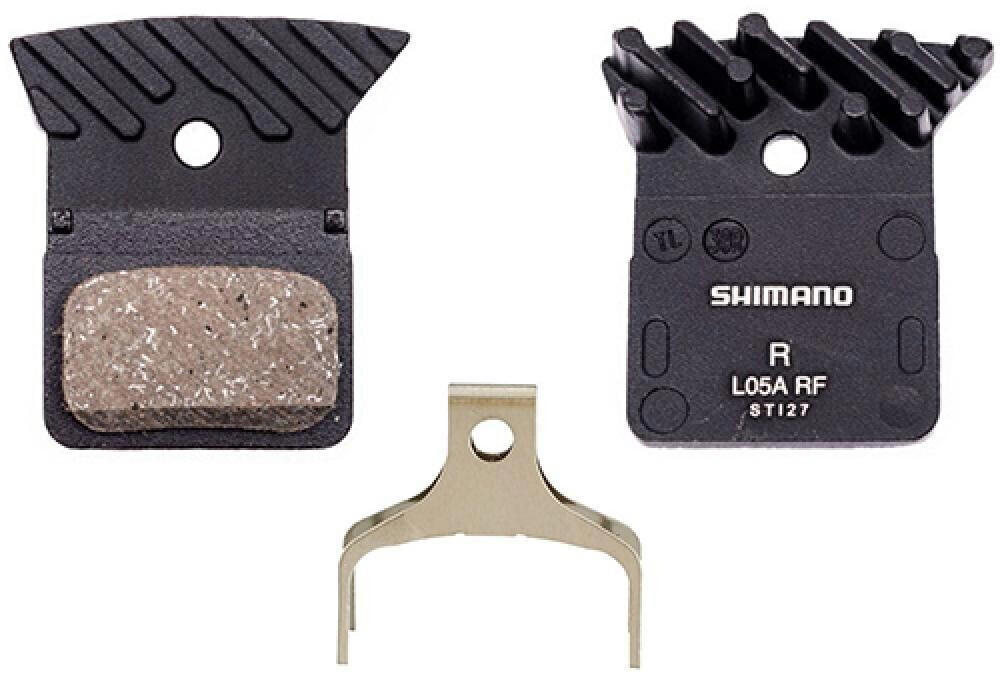

In terms of brake component segments, there are generally three: budget-friendly options, mid-range options, and high-performance options. In the budget-friendly segment, products like the Avid BB5 Mechanical Disc Brake offer easy maintenance and decent braking power at an affordable price point. For mid-range options, products like the Hayes Dominion A4 Disc Brake provide a great balance of performance, ease of maintenance, and durability. Finally, for those seeking top-of-the-line brake parts, options like the SRAM Code RSC Disc Brake deliver exceptional stopping power, precise modulation, and advanced maintenance features for professionals and avid riders.

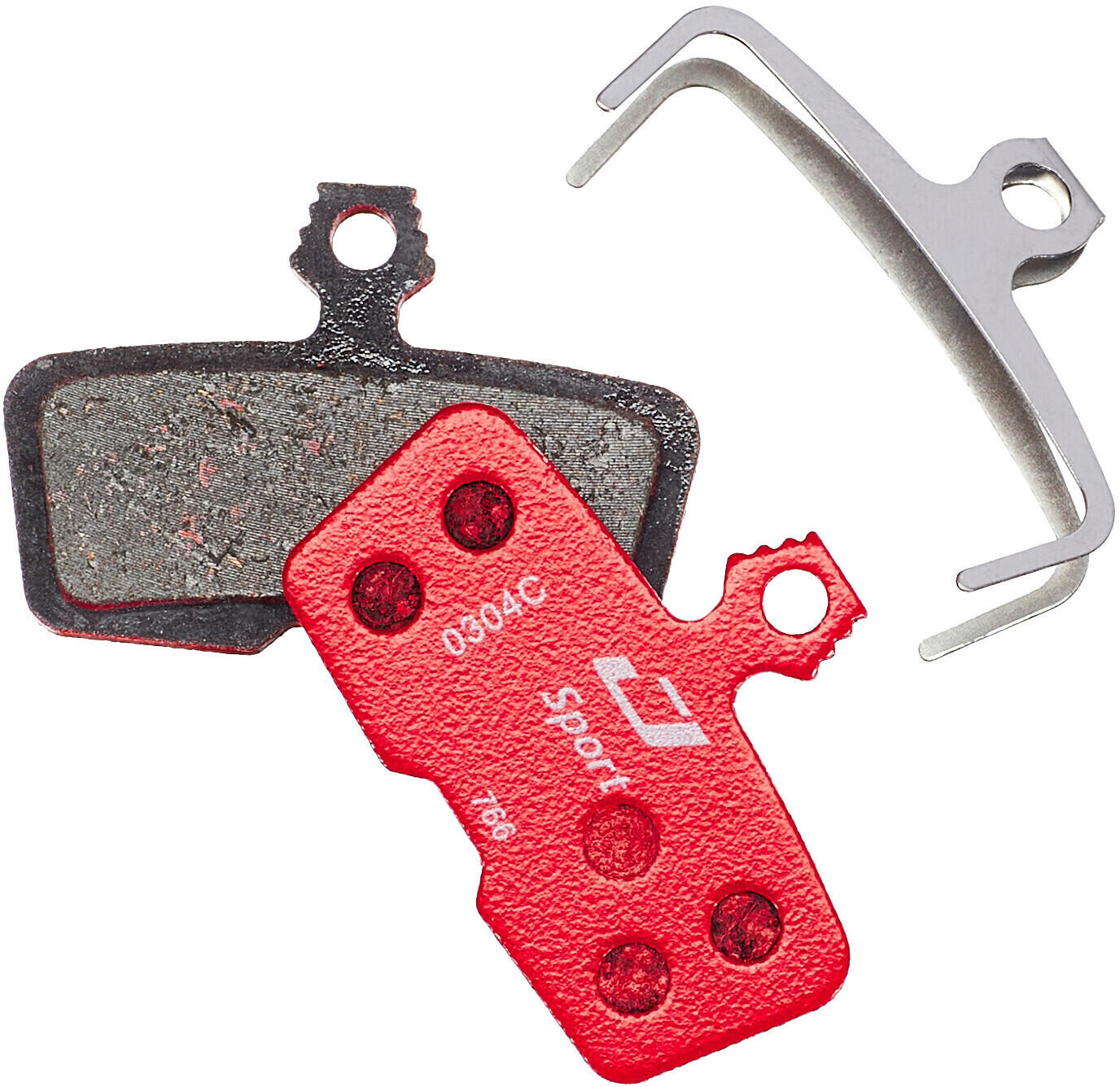
Brake parts accessibility for maintenance
It is crucial to choose brake parts that are easy to access and maintain, as regular maintenance and adjustments are essential to ensure optimal brake performance and rider safety. Look for brake parts that offer easy adjustment mechanisms, such as quick-release levers or tool-free adjustments. 'Shimano Deore XT Brake Set' is a great option to consider, as it features tool-free reach and free stroke adjustments, allowing for hassle-free maintenance. Alternatively, the 'SRAM Guide RSC Disc Brake Set' is another excellent choice, with its convenient reach and contact point adjustments. These options provide quick and easy accessibility for maintenance, allowing for simple adjustment of your brake parts as needed.
Brake parts availability in local stores
Having readily accessible brake parts is crucial, as it enables quick and easy replacement or maintenance. For instance, one popular type of brake parts available in local stores are disc brake pads. These are designed to offer excellent stopping power and are often compatible with various bike models, such as the Shimano B01S Resin Disc Brake Pad or the SRAM Level Disc Brake pads. Another option is rim brake pads, which are commonly found in local shops. Some notable examples include the SwissStop FlashPro Shimano/SRAM Brake Pads or the Kool-Stop Dual Compound Mountain Pads. The availability of these brake parts ensures that cyclists can easily find suitable replacements when needed, ensuring a safer riding experience.
Price
The cost of bike brake parts can vary greatly depending on the brand, quality, and specific features. For those on a budget, there are affordable options available without compromising performance. One such example is the Shimano BR-M375 Mechanical Disc Brake Caliper. It offers reliable stopping power and smooth brake control while having an affordable price. Another option in the lower price range is the Tektro commonly known as M275 Hydraulic Disc Brake Set. These brakes provide excellent performance with their hydraulic system and are easy to install. For those willing to invest in higher-end bike brake parts, there are premium options available such as the Shimano XTR M9100 Disc Brake Set. This brake set is known for its unparalleled stopping power, smooth modulation, and heat dissipation capabilities, making it a top choice for professional riders.
Variety of brands
Different brands offer their unique features and specifications, giving you a range of options to choose from. One popular brand known for its high-performance bike brake parts is Shimano. They offer a wide range of brakes, including the Shimano XT BR-M8020 Disc Brake Set, which provides excellent stopping power and lever control. Another renowned brand is SRAM, known for its precise modulation brakes like the SRAM Code RSC Disc Brake. These brakes offer superior heat management and excellent stopping power, making them ideal for downhill riding. Whilst both Shimano and SRAM offer high-quality brake parts, some riders may prefer Shimano for its crisp lever feel and easy maintenance, while others might favor SRAM for its aggressive and powerful braking capability. It's worth considering personal preferences and requirements when selecting from these top brands in order to choose the best one for your bike needs.
